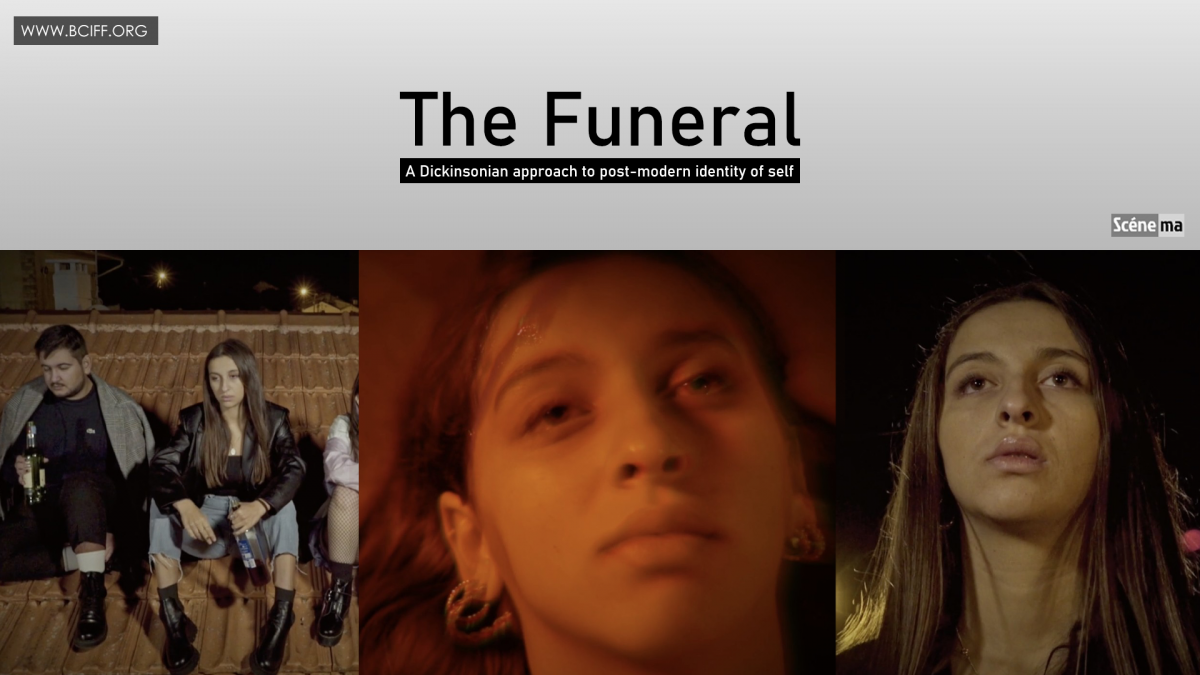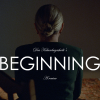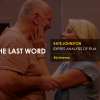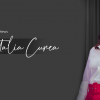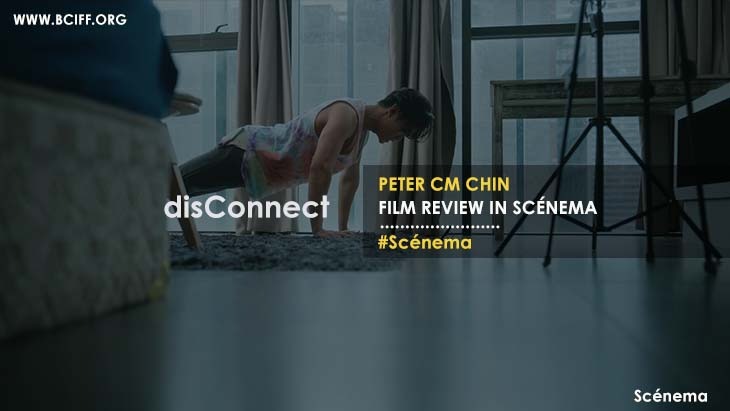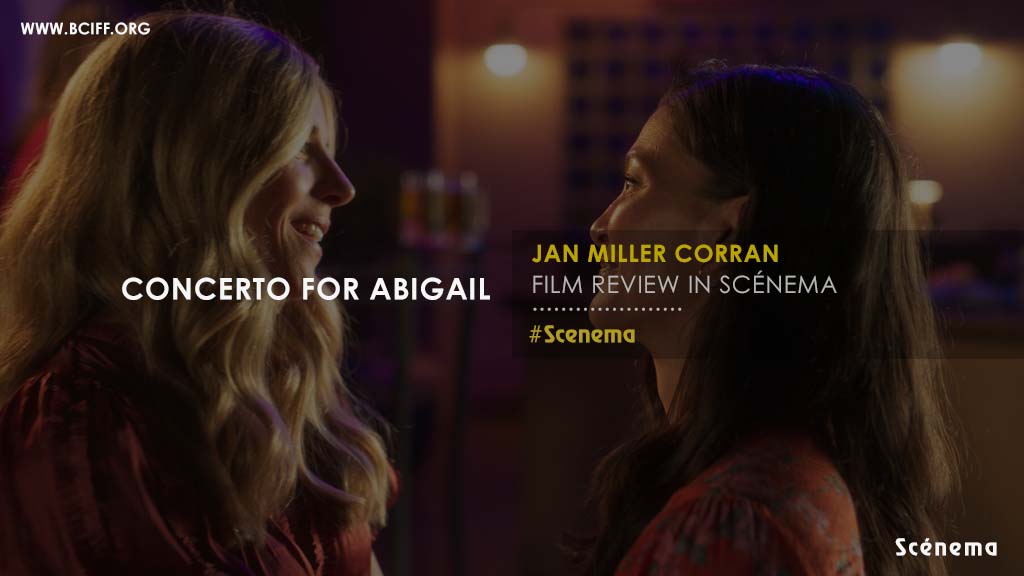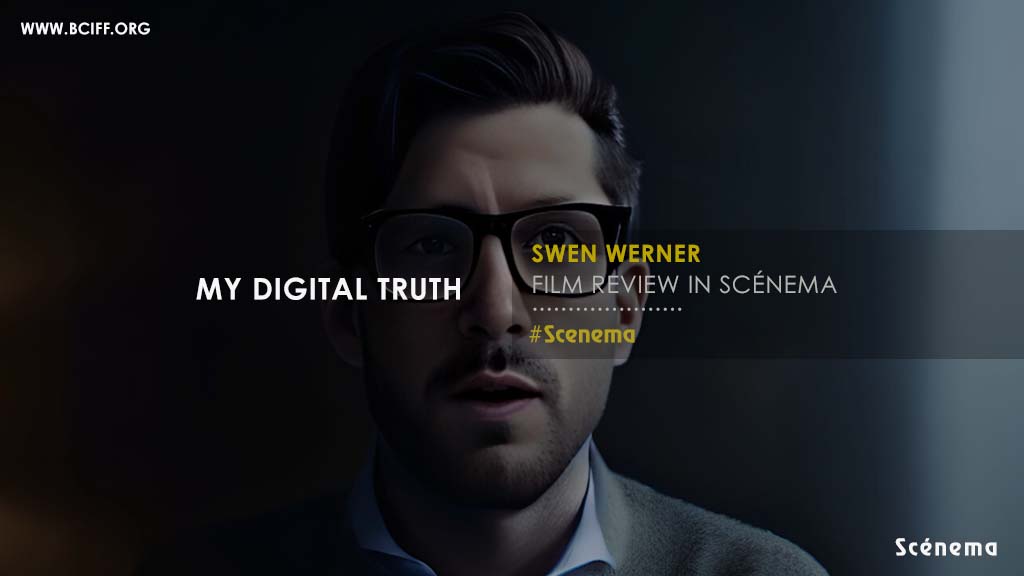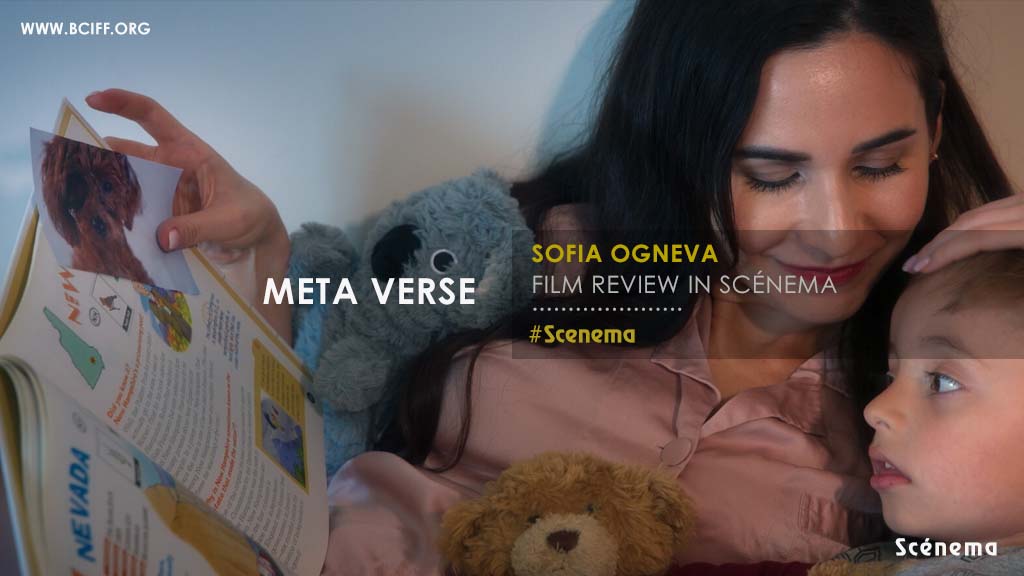“WHATEVER HOUR you woke there was a door shutting. From room to room they went, hand in hand, lifting here, opening there, making sure–a ghostly couple…”
Thus begins ‘A Haunted House’ – a short story by Virginia Woolf. There is a treasure trove of thoughts, feelings and sensations in a few lines. It is as if these lines, otherwise unrelated, appear bound by an ‘infinite shower of innumerable atoms’ – contemplations, enquiries and paradoxes.
Sara Eustaquio quite dexterously gyrates around the Joycean paradigm of consciousness. Four friends are sitting on a rooftop. They appear aloof, submerged in an ocean of questions staring at nothingness. There is one unifying voice, perhaps a face as well on the screen, apparently narrating a tale of agony, contemplating her position in the society, perhaps looking back at her rendezvous with perpetual oppression. The voice is almost an archetypal representative of pessimism – the philosophy of Arthur Schopenhauer. She confesses that she is ‘celebrating’ her funeral with her friends – probably they are ‘celebrating’ theirs knowing or unknowingly. The movie follows a typical poetic – visual narrative structure.
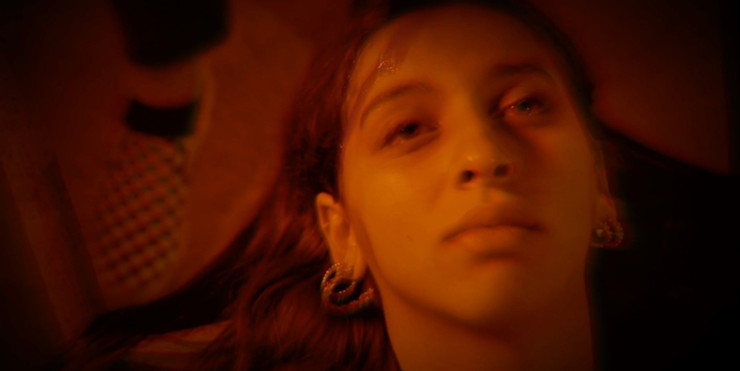 A style popularised by Terrence Malick in movies like ‘The Tree of Life’ and ‘A Knight of cups’. The pattern is also quite similar to that followed by Charlie Kaufman in movies like ‘Eternal sunshine of the spotless Mind’ and ‘I am thinking of ending things’. It is a visual delight. The narrator like T.S Eliot questions the hollow world we are all a part of because we are so full of nothing. This nothing offers agony in abundance. The narrator wants someone to punch her, she wants to bleed, taste blood in order to wake up from the slumber of vacuous despair that has engulfed mankind.
A style popularised by Terrence Malick in movies like ‘The Tree of Life’ and ‘A Knight of cups’. The pattern is also quite similar to that followed by Charlie Kaufman in movies like ‘Eternal sunshine of the spotless Mind’ and ‘I am thinking of ending things’. It is a visual delight. The narrator like T.S Eliot questions the hollow world we are all a part of because we are so full of nothing. This nothing offers agony in abundance. The narrator wants someone to punch her, she wants to bleed, taste blood in order to wake up from the slumber of vacuous despair that has engulfed mankind.
The society like Beckett’s Vladimir and Estragon is looking for a symbolic Godot – a harbinger of hope, new life that shall purify the dead souls of the blind human beings who do so much yet they do so little. They exist in constructs building palaces in thin air. Fragility like an eternal curse has crushed mankind to its feet. However one must not lose vision, one must attempt to embrace his plummet with open eyes – like a typical Dickinsonian protagonist await the arrival of death and the process of one’s own funeral.
The colour frames have been craftily used – the combination of the colour red and black. The scene with the wheelbarrow deserves a special mention. The background music does the expected job of maintaining an air of somber delight – almost of finding glee in hopelessness. The actors do a decent job of setting a specific mood in order to accomplish a specific mission. A mission of self introspection. The movie is a homage to poetry. A potent defence of the poet who resides in the deepest corner of consciousness, ready to give meaning to man’s lifelong angst and clueless mirth.
The movie is a philosophical enquiry into the nature of identity in a postmodern space. One is eternally lost in trying to find oneself. However one must never stop questioning, one must never lose hope even if they were to face disappointment again. Like Albert Camus puts it : ” One must imagine Sisyphus happy.”

